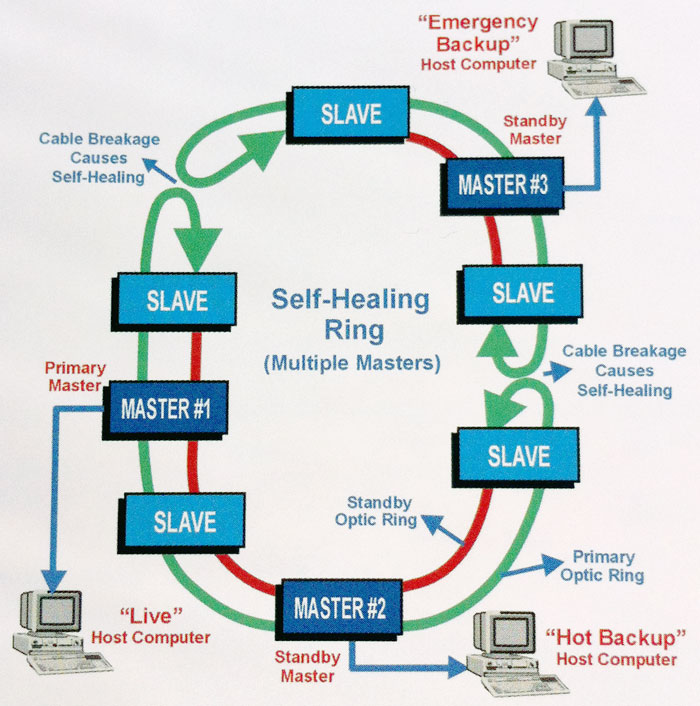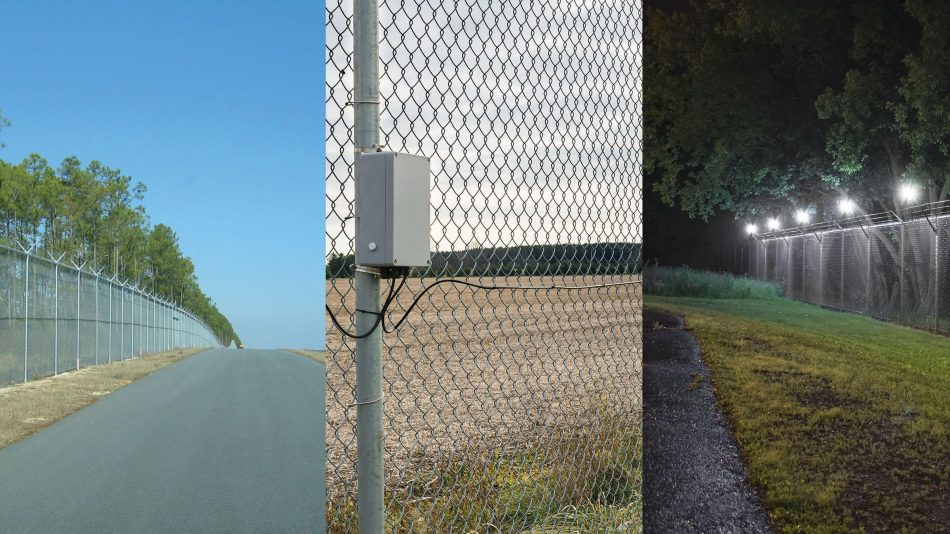Fiber Optic Security System: The Ultimate Solution for Your Business’s Security Needs
Enhance Your Safety With Advanced Fiber Optic Security Equipments
In a period where safety is critical, advanced fiber optic security systems present a compelling service for improving safety and security throughout numerous environments. These systems not just boast remarkable data transfer and rate for high-resolution security but likewise supply impressive resilience against exterior interferences. As organizations increasingly look for trustworthy ways to shield their possessions, the combination of innovative technologies like AI and IoT within fiber optic frameworks elevates important questions concerning their efficiency compared to traditional systems. What implications do these advancements hold for future security measures?
Advantages of Fiber Optic Safety And Security
Utilizing the benefits of fiber optic modern technology substantially improves safety and security systems across different applications. Among the primary advantages is the boosted data transfer capability, permitting the transmission of huge amounts of information at broadband. This is specifically vital for real-time video security, where high-resolution feeds can be sent without latency, making certain immediate action capacities.
In addition, fiber optics exhibit premium resistance to electro-magnetic interference, which is crucial in environments with prospective signal interruptions. This reliability makes sure consistent performance in essential safety operations. Fiber optic cables are much less vulnerable to tapping and unauthorized gain access to compared to traditional copper circuitry, therefore improving information stability and discretion.
An additional remarkable advantage is the sturdiness of fiber optic systems; they are more immune to ecological elements such as moisture, temperature variations, and destructive materials. This resilience translates to lower maintenance costs and longer life expectancies for safety setups.
Last but not least, the lightweight nature of fiber optic cables facilitates simpler installation and transmitting, especially in intricate facilities (fiber optic security system). Inevitably, the assimilation of fiber optic innovation into protection systems not just boosts defense procedures yet likewise maximizes functional performance
Secret Functions to Take Into Consideration
When reviewing fiber optic security systems, several essential functions have to be considered to make certain ideal performance and efficiency. First, assess the system's detection array and level of sensitivity; a comprehensive range permits keeping track of big locations, while high sensitivity makes certain that also minor disturbances are found immediately.
Following, take into consideration the assimilation capabilities of the system. A fiber optic protection system should effortlessly interface with existing security procedures such as electronic cameras and alarms, creating a cohesive safety and security network.
Resilience and ecological resistance are also essential attributes. Make certain that the system is made to hold up against harsh weather condition problems and potential physical hazards, as this will extend its functional life expectancy.

Last but not least, check into the scalability of the system. A robust fiber optic safety and security system ought to be conveniently expandable to suit future demands without substantial overhauls. By thoroughly taking into consideration these learn this here now functions, you can pick a fiber optic protection solution that enhances security and safety in your setting.
Setup Process Introduction
To effectively execute a fiber optic safety and security system, a systematic setup procedure is essential. This procedure begins with a thorough website assessment to determine the particular security requirements and to recognize optimal areas for fiber optic cables and protection gadgets. Following this analysis, the installment team will certainly create a thorough strategy, including cable pathways, required tools, and compliance with regional regulations.
Following, the installment entails laying the fiber optic cords, guaranteeing they are shielded from ecological factors and physical damages. Correct handling techniques are critical, as fiber optic wires are sensitive and can be quickly damaged. After the cabling is mounted, connectors and discontinuations are thoroughly completed to guarantee signal stability.
The subsequent stage contains setting up safety tools such as electronic cameras, activity detectors, and alarm systems, all incorporated with the fiber optic network. Strenuous screening is performed to verify that all parts are functioning correctly and to make certain optimal performance.

Contrasting Fiber Optic to Conventional Systems
The advancement of safety and security technology has actually resulted in substantial innovations in the comparison in between fiber optic systems and typical copper-based systems. Fiber optic systems make use of light to send information, offering exceptional data transfer and rate compared to their copper counterparts. This results in enhanced information transmission capacities, making optical fiber excellent for high-resolution video surveillance and real-time tracking.
In addition, fiber optic cables are immune to electromagnetic interference, lowering the likelihood of signal deterioration triggered by outside factors. This particular makes sure regular performance, also in tough settings. In comparison, conventional copper systems are much more vulnerable to disturbance, causing possible vulnerabilities in security applications.
Durability is an additional benefit of fiber optic systems. They are much less vulnerable to damage from environmental factors such as moisture and temperature fluctuations, which can endanger copper circuitry. In over here addition, fiber optics are lighter and thinner, permitting much easier installation and reduced physical impact.
However, standard systems have a tendency to have reduced first costs, making them attractive for budget-conscious jobs. While fiber visit optic systems may call for a higher in advance financial investment, their lasting benefits-- such as lower upkeep prices and better integrity-- often outweigh the first expenditure, positioning them as a remarkable selection for modern-day safety and security requirements.
Future Trends in Security Modern Technology
Arising trends in security innovation are positioned to transform the landscape of monitoring and danger detection - fiber optic security system. As companies progressively face sophisticated risks, advancements such as fabricated knowledge (AI) and machine discovering (ML) are becoming integral to safety systems. These innovations improve the capability of fiber optic systems by enabling real-time data analysis, determining abnormalities, and automating reactions to potential violations
Furthermore, the assimilation of the Internet of Points (IoT) is changing security structures. IoT devices can provide thorough situational understanding and assist in smooth interaction in between different security components. This interconnectedness enables extra reliable surveillance and faster occurrence reaction times.
Biometric authentication is likewise getting energy, offering a higher degree of safety and security via unique physical characteristics. As this innovation progresses, it is likely to be integrated into fiber optic systems for enhanced access control.
Verdict
In final thought, progressed fiber optic safety systems represent a substantial development in security and security technology. The shift from typical systems to fiber optic solutions reflects an expanding trend towards a lot more reliable and reliable safety and security steps in an increasingly complex technical landscape.